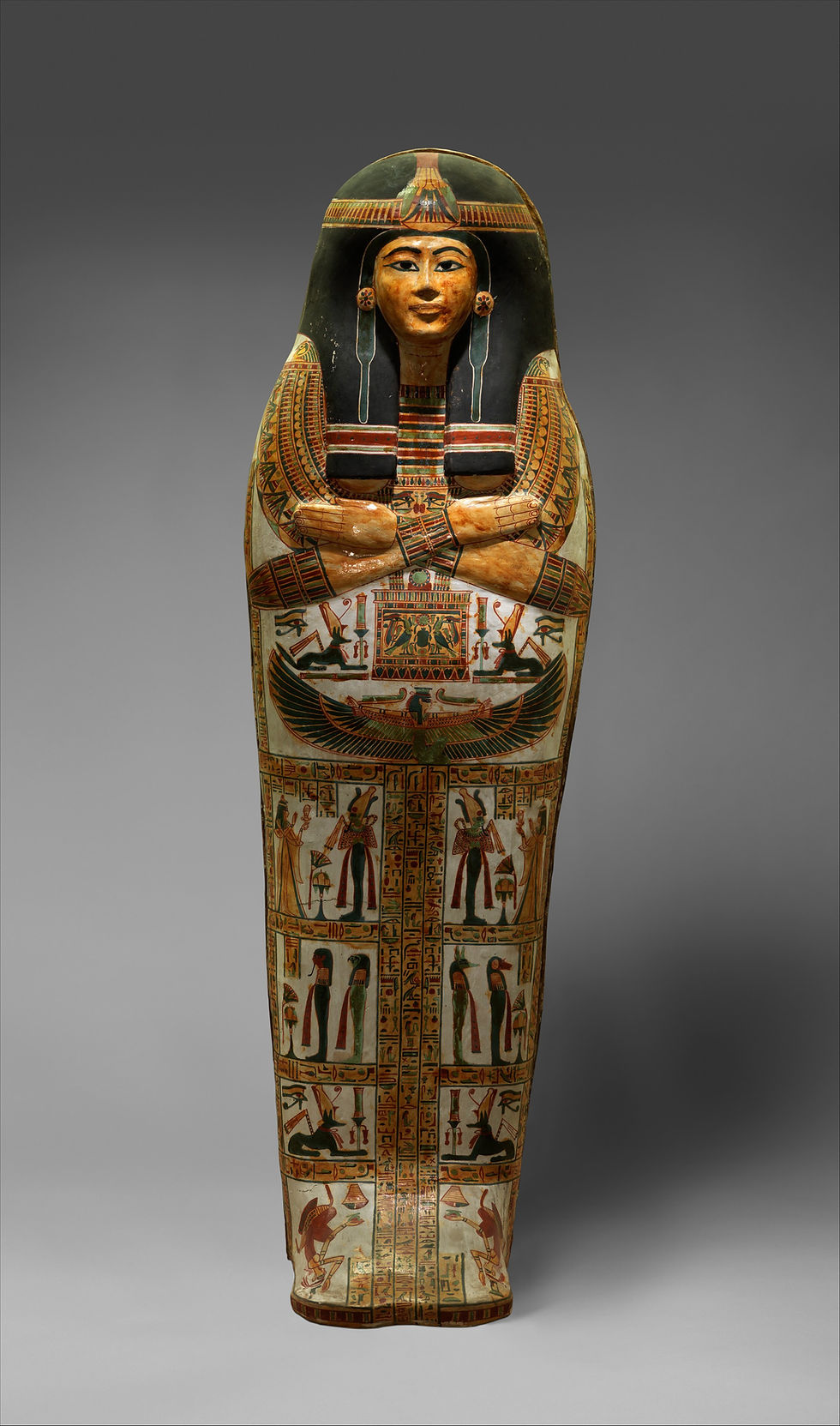Art History Terms: Tempera Paint
- Accessible Art History
- Oct 24, 2023
- 2 min read

Welcome
Welcome back to the Accessible Art History blog! In this week’s post, I’m adding another entry into our art history dictionary. Tempera painting is one of the oldest mediums in the history of human creation. So, to learn more about it, keep on reading!
Definition
The term "tempera" is derived from the Latin word "temperare," which means "to mix" or "to blend." True to its name, tempera paint involves mixing pigments with a water-soluble binder, usually egg yolk. Additionally, vinegar was added in small amounts to help preserve the egg for up to a week at a time.
History
The story of tempera painting begins in antiquity. Ancient civilizations, such as the Ancient Near East, Egyptians, Greeks, and Romans, used this technique to create stunning works of art. Archaeologists have found examples of tempera painting on a variety of mediums including tomb/mural paintings, stone stele, wood panels, and even mummy sarcophagi.

Tempera painting reached new heights of popularity and sophistication during the medieval period, particularly in Europe. The luminous quality of tempera pigments made them ideal for capturing the rich colors and fine details of religious and secular subjects. Some of the most famous examples are panel paintings by Cimabue and Duccio.
Despite its popularity, tempera painting faced stiff competition in the 15th century with the emergence of oil paints. Oil paints allowed artists to work with more versatility, achieving effects like impasto and glazing that were difficult to achieve with tempera. As a result, tempera gradually fell out of favor among many European artists.

The 20th century brought a revival of interest in tempera painting, particularly in the United States. Artists like Andrew Wyeth and Thomas Hart Benton favored the medium for its ability to capture the essence of the American landscape and rural life. They breathed new life into the ancient technique, proving that tempera was not simply a relic of the past but a vibrant and relevant choice for contemporary artists.
Conclusion
The history of tempera painting is a testament to the enduring appeal of ancient techniques in the ever-evolving world of art. From its origins in antiquity to its rebirth in the 20th century and continued use today, tempera has left an indelible mark on the art world. Its luminous quality, precision, and rich history make it a medium worth exploring for both traditional and contemporary artists.
Images
Outer Coffin of the Chantress of Amun-Re Henettawy. Public Domain via Met Museum
Duccio: Met Madonna. Public Domain via Met Museum
Sources
Gardner’s Art through the Ages, 12th edition by Fred S. Kleiner

Comments